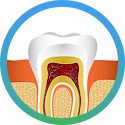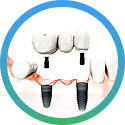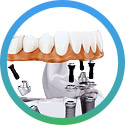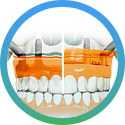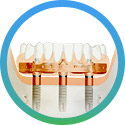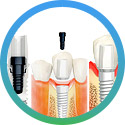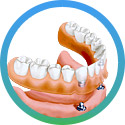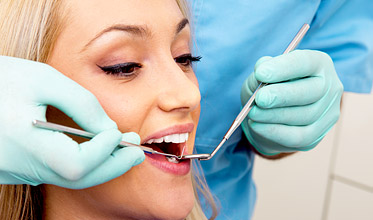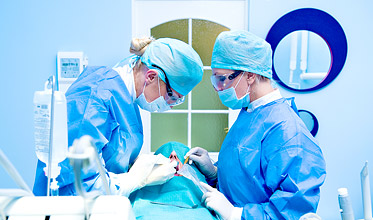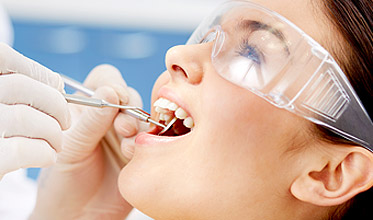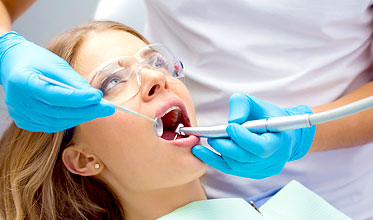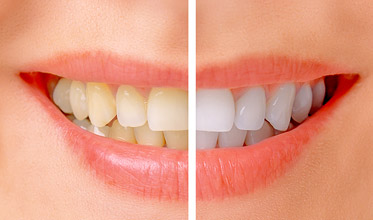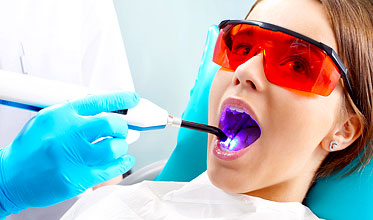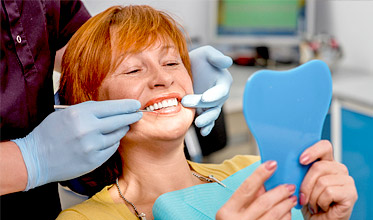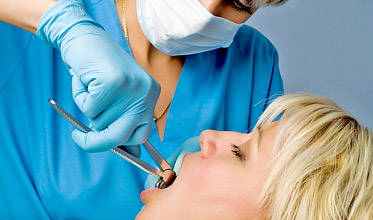Daugiau nei 25 metų Kauno odontologijos klinika „Angitia“ puoselėja vaikų ir suaugusiųjų
Kodėl rinktis mus
Užsiregistruokite vizitui

Vaikų dantų gydymas
Vaikų dantų gydymas – ne vien tik gydymas, arba taisymas, bet ir vaikų odontologų sugebėjimas bendrauti su vaikais jų kalba, siekiant pelnyti mažųjų pacientų pasitikėjimą. Tuomet odontologinė procedūra ir abipusis bendravimas vyksta sklandžiai.
Mes spaudoje
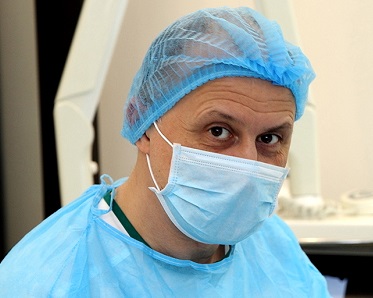
Apie 4 dantų ligas, kurios aktualios ypač dabar: simptomai ir sprendimo būdai
2020 m. liepos 12 d.Nors Lietuvoje karantinas atšauktas, tačiau pasaulyje dar užfiksuojami šios infekcijos židiniai...
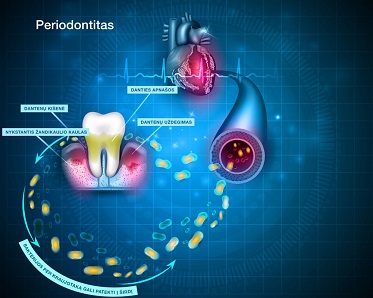
Estetinis plombavimas – sveikų dantų ir žavios šypsenos grožiui
2019 m. lapkričio 14 d.Endodontinio gydymo pavadinimas yra kilęs iš graikų k. endo – viduje ir odont – dantis.

Valstybė tam skiria tūkstančius: ar galima vaikams implantuoti dantis?
2018 m. gruodžio 5 d.Būdami judrūs, vaikai dažnai praranda dantis įvairiuose susidūrimuose ir nelaiminguose atsitikimuose.
Verta žinoti
Darbo valandos
Pacientų priėmimas:I–V 08–20 val.
Šeštadienis:pagal susitarimą
Sekmadienis ir švenčių dienos:nedirbame
Registracija ir konsultacija tel.:I–V 09–18 val.


